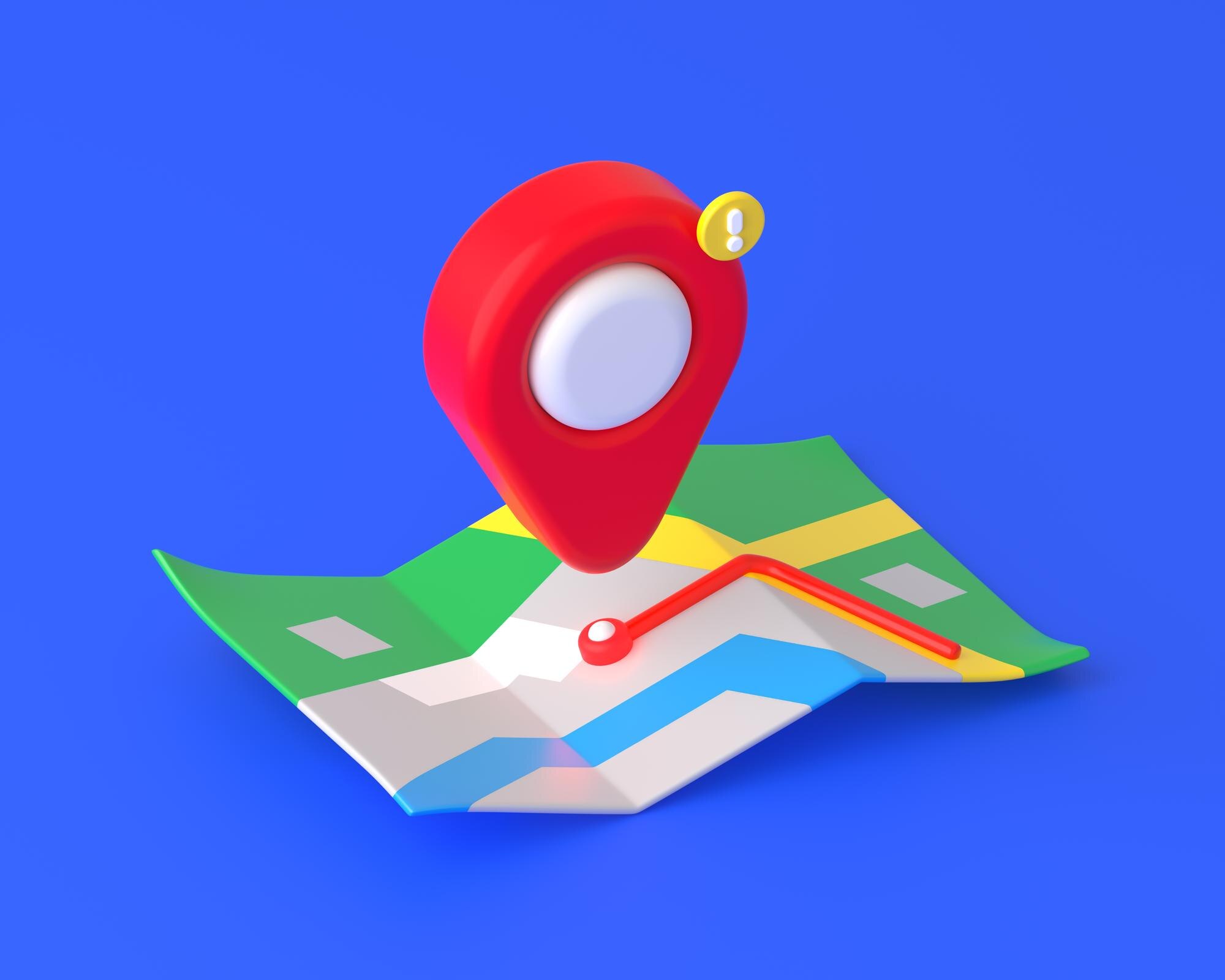What is Google Maps Scraper?
Definition and purpose of Google Maps Scraper
- A tool that expands Google Maps data extraction beyond the limitations of the official Google Places API.
- Allows you to extract place data from Google Maps in two ways: place by place using URLs or placeIDs, or entire areas by search and location parameters.
- Enables you to scrape data from Google Maps, including reviews, ratings, and business information.
Benefits of using Google Maps Scraper
- Overcomes the limitations of the official Google Maps API, such as pricing, authentication, and rate limits.
- Provides more comprehensive data extraction, including reviews, ratings, and business information.
- Allows for easy integration with other tools and services, such as CRM systems and data analytics platforms.
Why Scrape Google Maps Data?

Importance of Google Maps data for businesses
- Google Maps data is a valuable source of information for businesses, including reviews, ratings, and business information.
- Can be used for market research, competitor analysis, and customer engagement strategies.
- Helps businesses to optimize their online presence and improve their local search rankings.
Limitations of the official Google Maps API
- Has limitations, such as pricing, authentication, and rate limits, that can restrict data extraction.
- May not provide all the data that businesses need, such as reviews and ratings.
- Can be difficult to use and integrate with other tools and services.
Is it Legal to Scrape Google Maps Data?

Understanding Google’s terms of service
- Google’s terms of service allow for web scraping, but with certain restrictions and guidelines.
- Requires compliance with scraping laws and regulations, such as GDPR and CCPA.
- Prohibits scraping of personal data and copyrighted content.
Compliance with scraping laws and regulations
- Requires compliance with laws and regulations, such as GDPR and CCPA.
- Must respect personal data and copyrighted content.
- Must provide transparency and opt-out options for users.
Choosing the Right Google Maps Scraper
Overview of available Google Maps scrapers
- There are several Google Maps scrapers available, including Apify, Oxylabs, and Outscraper.
- Each scraper has its own features, pricing, and limitations.
- Must choose a scraper that meets your needs and budget.
Key features to consider when selecting a scraper
- Ease of use and integration with other tools and services.
- Data extraction capabilities, including reviews, ratings, and business information.
- Pricing and scalability, including the ability to handle large volumes of data.
- Compliance with scraping laws and regulations.
How to Scrape Google Maps Data with Python
Step-by-step guide to scraping Google Maps data
- Use a Python library, such as BeautifulSoup and Selenium, to scrape Google Maps data.
- Integrate proxies to avoid anti-scraping measures and improve efficiency.
- Parse and extract data, including reviews, ratings, and business information.
Integrating proxies for efficient scraping
- Use proxies to avoid anti-scraping measures and improve efficiency.
- Choose a proxy provider that offers fast and reliable proxies.
- Integrate proxies with your scraper using a library, such as Selenium Wire.
Preparing Your Coding Environment
Setting up your project environment
- Create a new project environment using a tool, such as PyCharm or Visual Studio Code.
- Install necessary libraries and tools, such as BeautifulSoup and Selenium.
- Set up your scraper to use proxies and avoid anti-scraping measures.
Installing necessary libraries and tools
- Install BeautifulSoup and Selenium using pip.
- Install other necessary libraries and tools, such as pandas and numpy.
- Set up your scraper to use proxies and avoid anti-scraping measures.
Fetching and Parsing Google Maps Data
Using the Google Maps API to fetch data
- Use the Google Maps API to fetch data, including reviews, ratings, and business information.
- Integrate proxies to avoid anti-scraping measures and improve efficiency.
- Parse and extract data using a library, such as BeautifulSoup.

Parsing Google Maps data for analysis
- Parse and extract data, including reviews, ratings, and business information.
- Use a library, such as pandas, to analyze and manipulate data.
- Export data to a CSV file for further analysis.
Exporting Google Maps Data to CSV
Saving scraped data to a CSV file
- Use a library, such as pandas, to export data to a CSV file.
- Choose a file format, such as CSV or JSON, that is compatible with your analysis tools.
- Export data to a CSV file for further analysis.
Formatting data for easy analysis
- Use a library, such as pandas, to format data for easy analysis.
- Choose a data format, such as CSV or JSON, that is compatible with your analysis tools.
- Format data to include relevant columns and rows.
Optimizing Your Google Maps Scraper
Increasing the speed of your scraper
- Use proxies to improve efficiency and avoid anti-scraping measures.
- Optimize your scraper to handle large volumes of data.
- Use a library, such as Selenium Wire, to improve performance.
Avoiding common pitfalls and errors
- Avoid common pitfalls and errors, such as anti-scraping measures and data formatting issues.
- Use a library, such as Selenium Wire, to improve performance and avoid errors.
- Test and debug your scraper to ensure it is working correctly.
Advanced Techniques for Scraping Google Maps
Troubleshooting Common Issues
Resolving common errors and exceptions
- Use a library, such as Selenium Wire, to resolve common errors and exceptions.
- Test and debug your scraper to ensure it is working correctly.
- Avoid common pitfalls and errors, such as anti-scraping measures and data formatting issues.
Handling anti-scraping measures
- Use proxies to avoid anti-scraping measures and improve efficiency.
- Integrate proxies with your scraper using a library, such as Selenium Wire.
- Avoid common pitfalls and errors, such as anti-scraping measures and data formatting issues.
Conclusion
Recap of key takeaways
- Google Maps scraping is a valuable tool for businesses and analysts.
- Requires compliance with scraping laws and regulations, such as GDPR and CCPA.
- Must choose a scraper that meets your needs and budget.
Future of Google Maps scraping
- Google Maps scraping will continue to evolve and improve.
- New technologies, such as AI and machine learning, will improve scraping efficiency and accuracy.
- Businesses and analysts will continue to rely on Google Maps scraping for valuable insights and data.
Frequently Asked Questions
Resources for Learning Google Maps Scraping
Additional resources for learning Google Maps scraping
- Online tutorials and guides, such as this one, provide valuable information and insights.
- Books and courses, such as those on Udemy and Coursera, provide in-depth training and education.
- Online communities, such as Reddit and Stack Overflow, provide support and resources.
Recommended tools and libraries for scraping
- Selenium and BeautifulSoup are popular libraries for scraping Google Maps data.
- Proxies, such as those from Apify and Oxylabs, improve efficiency and avoid anti-scraping measures.
- Data analysis tools, such as pandas and numpy, provide valuable insights and data manipulation capabilities.

